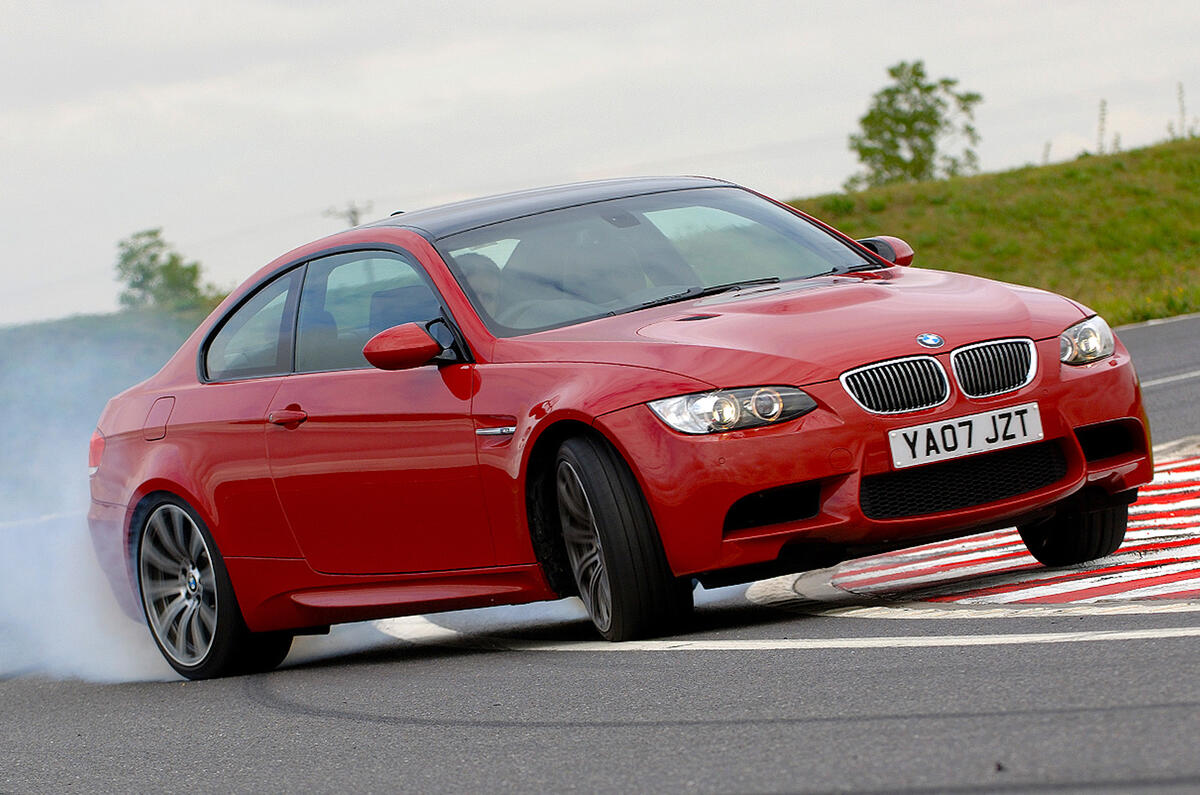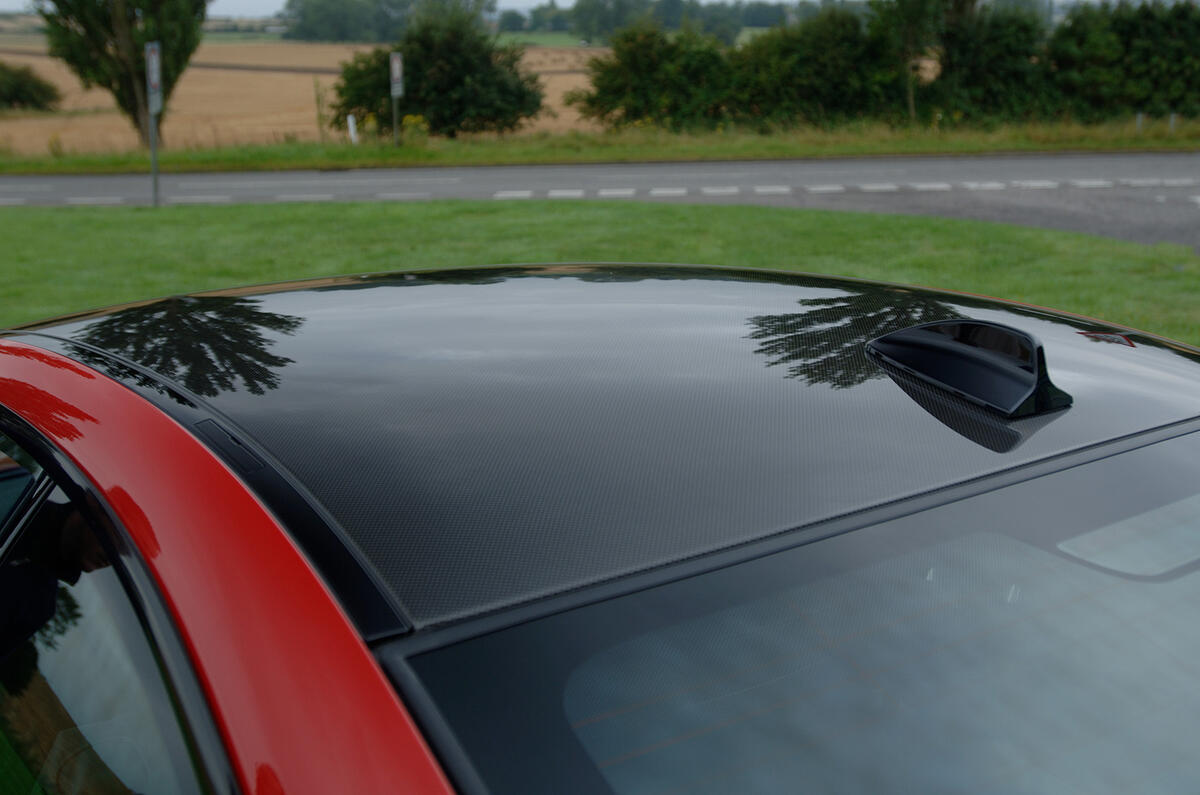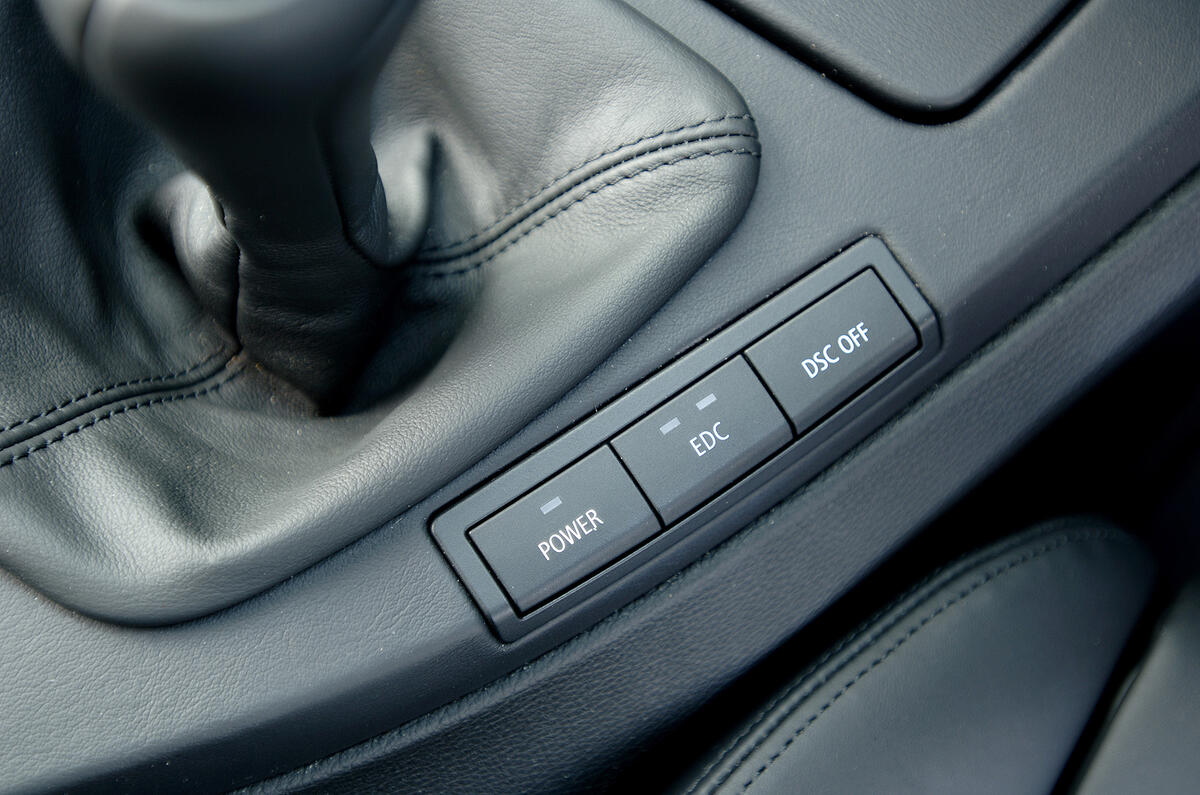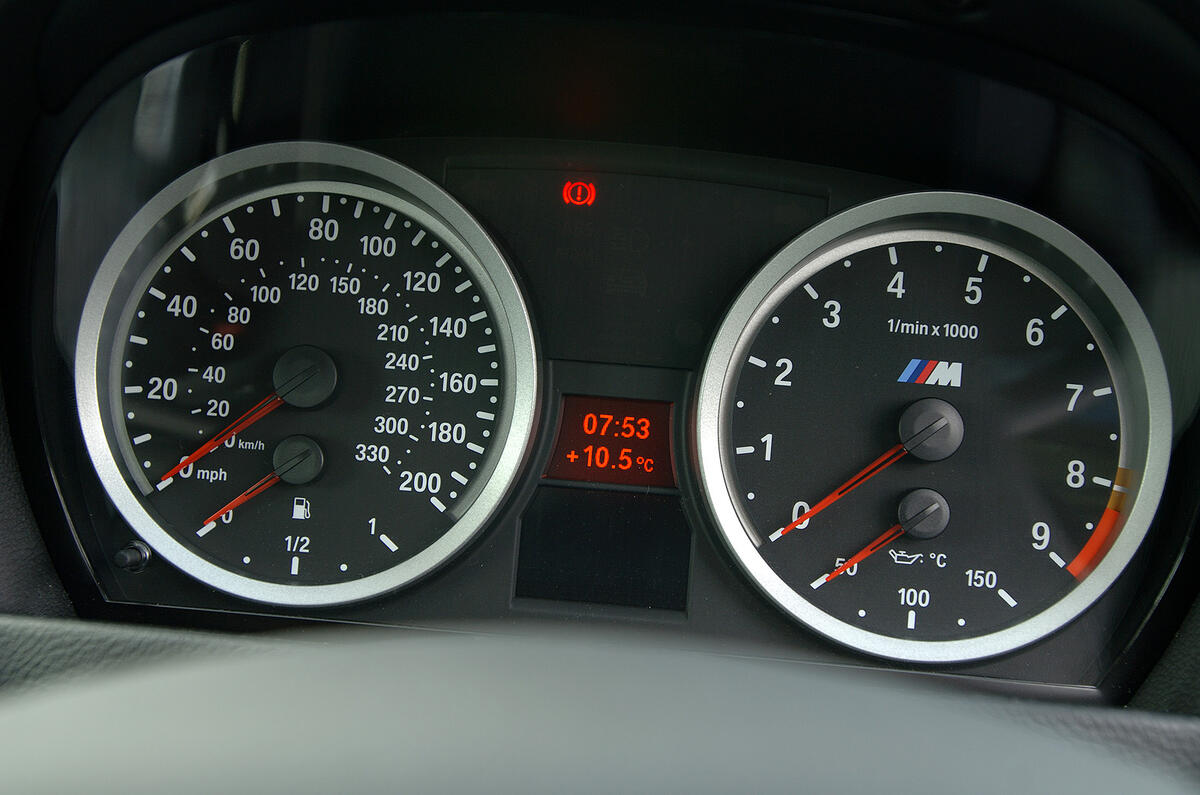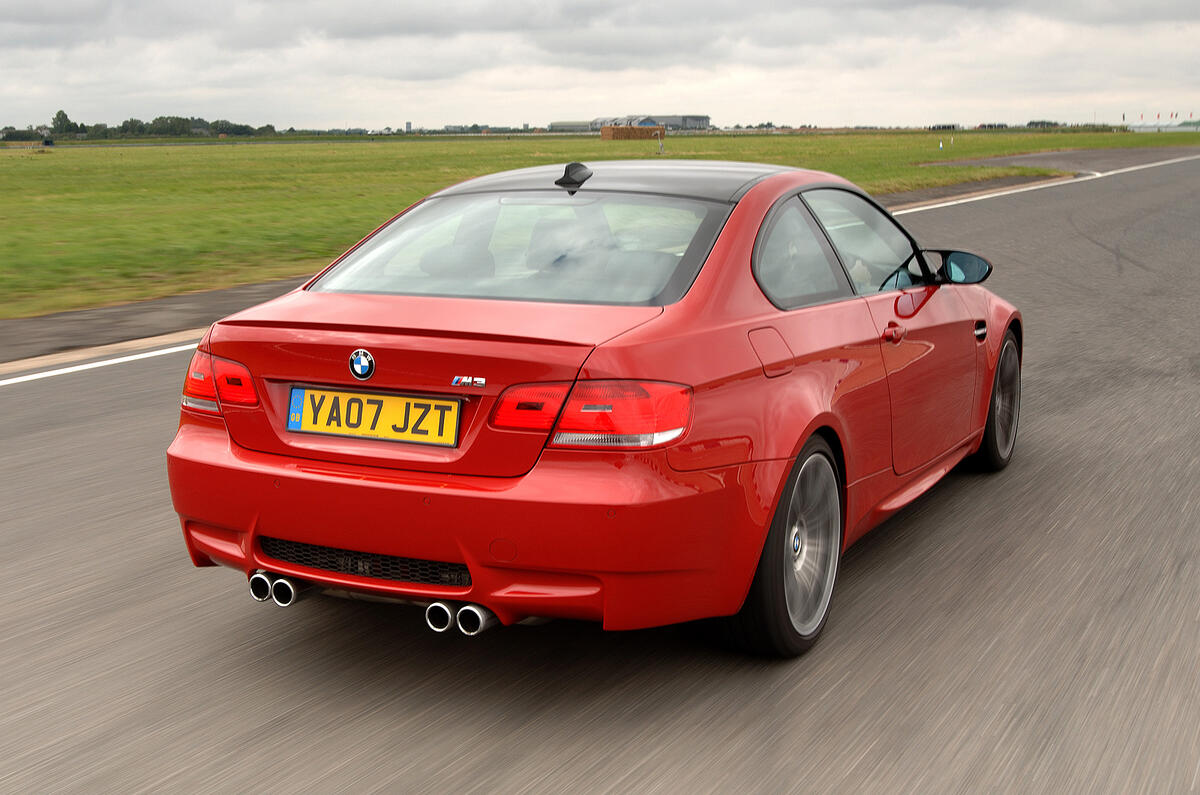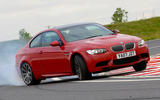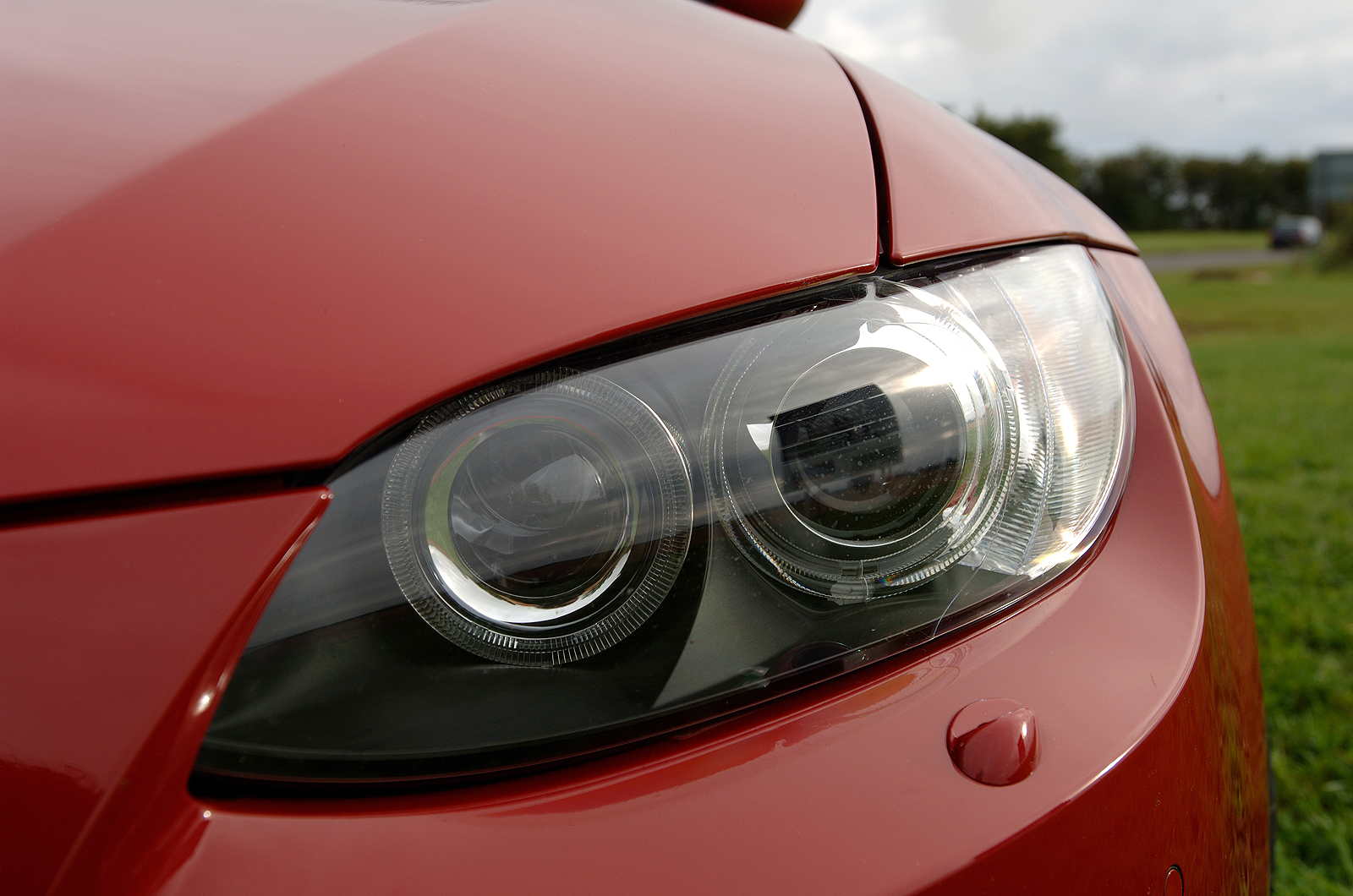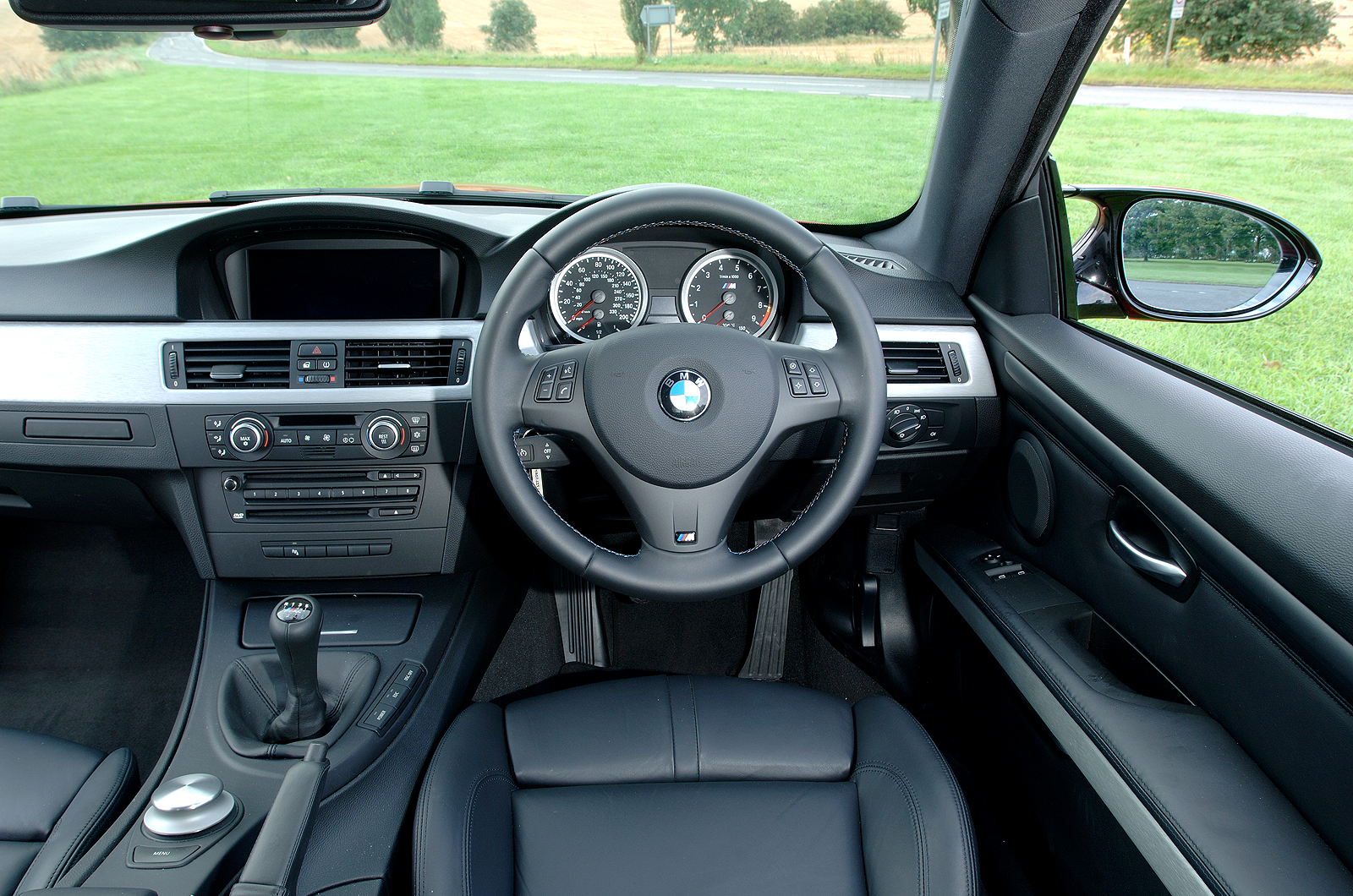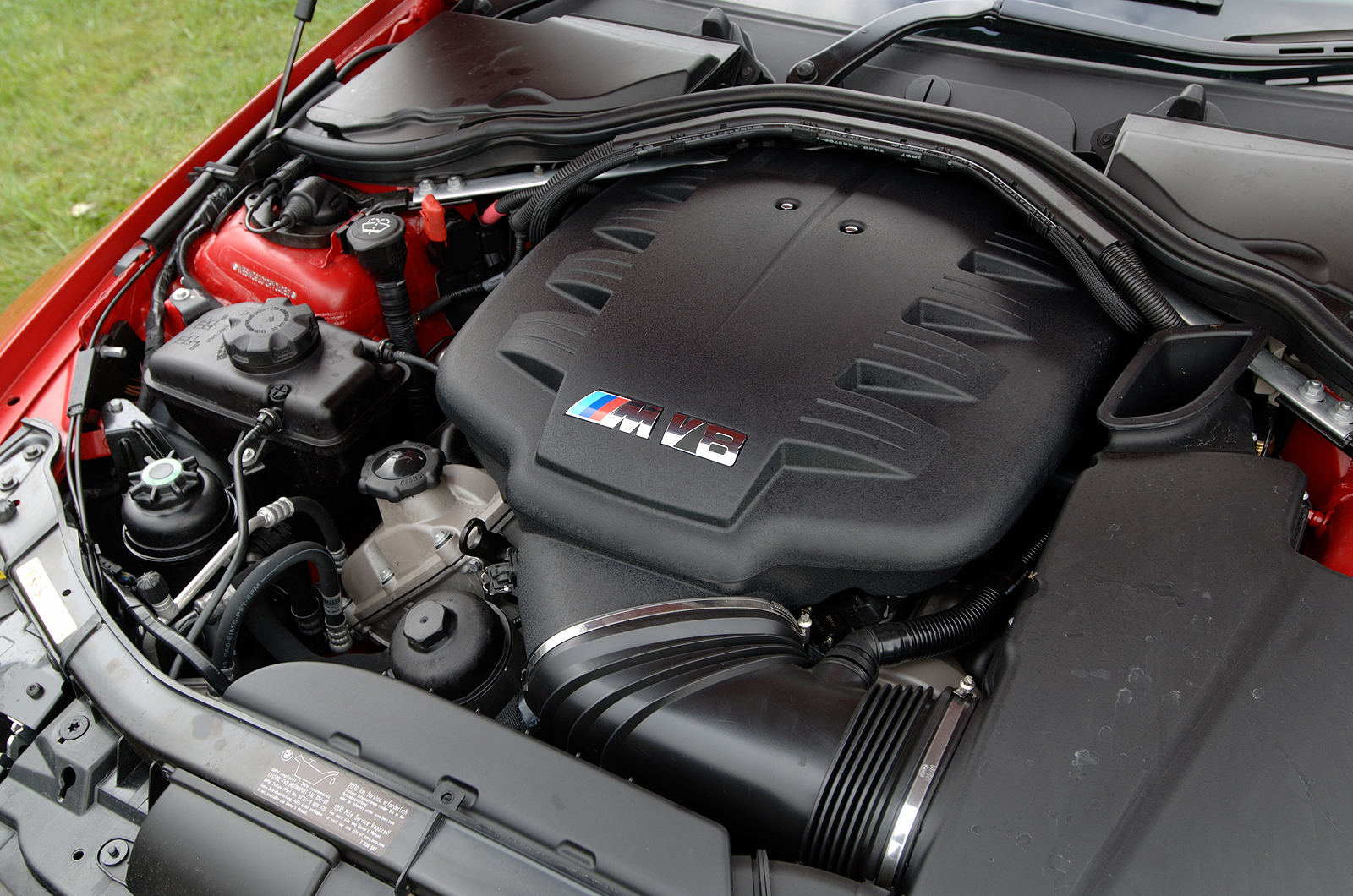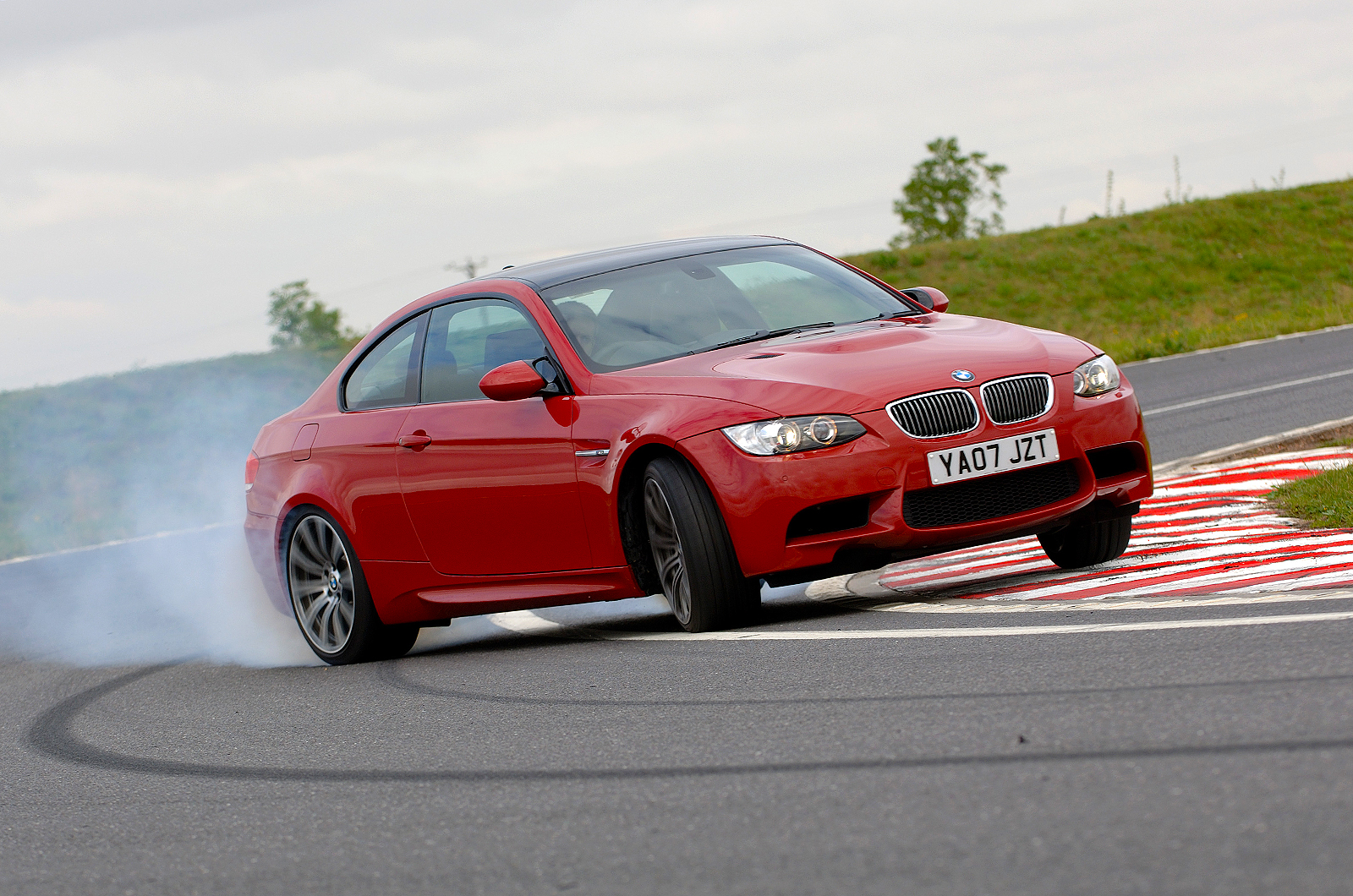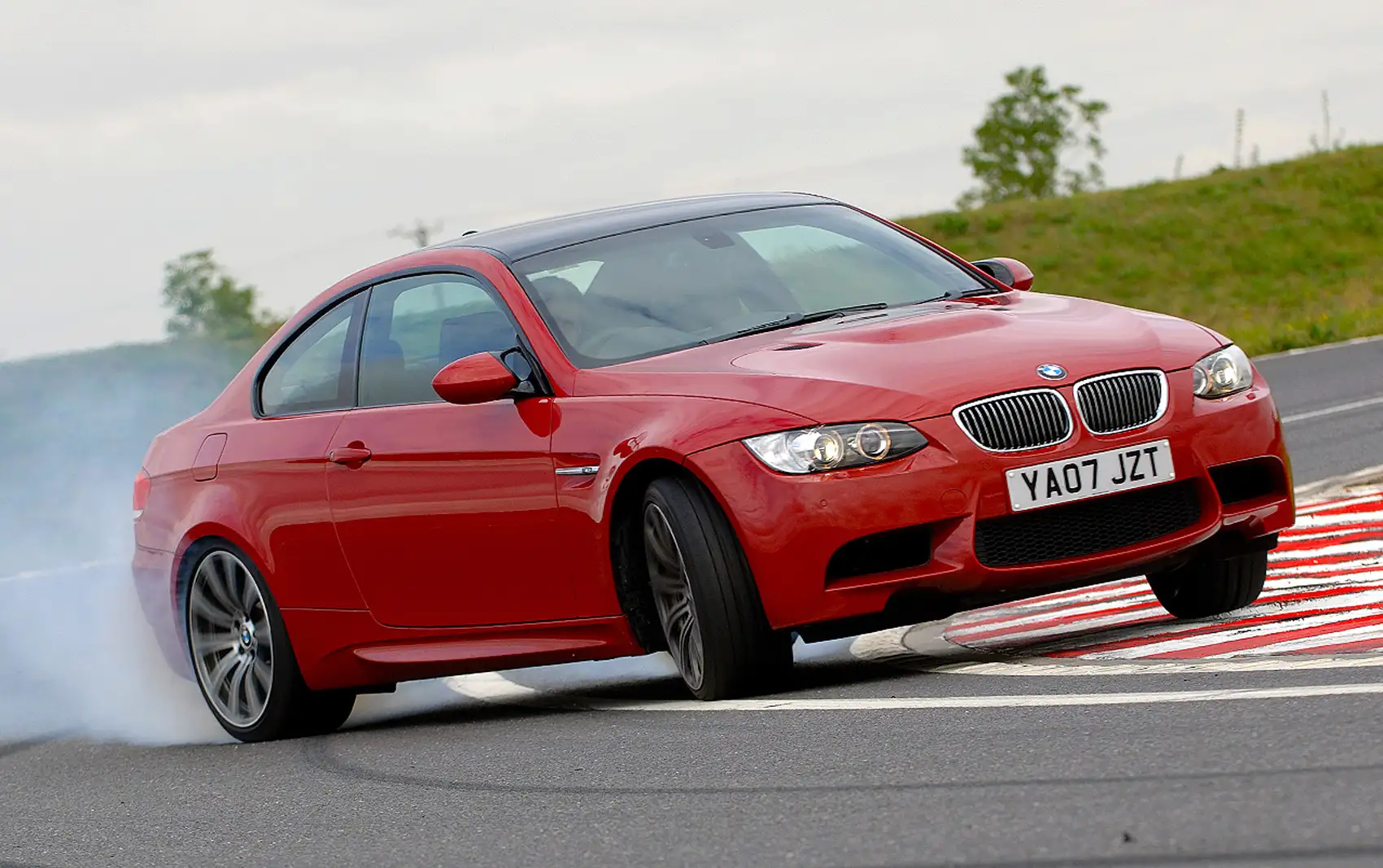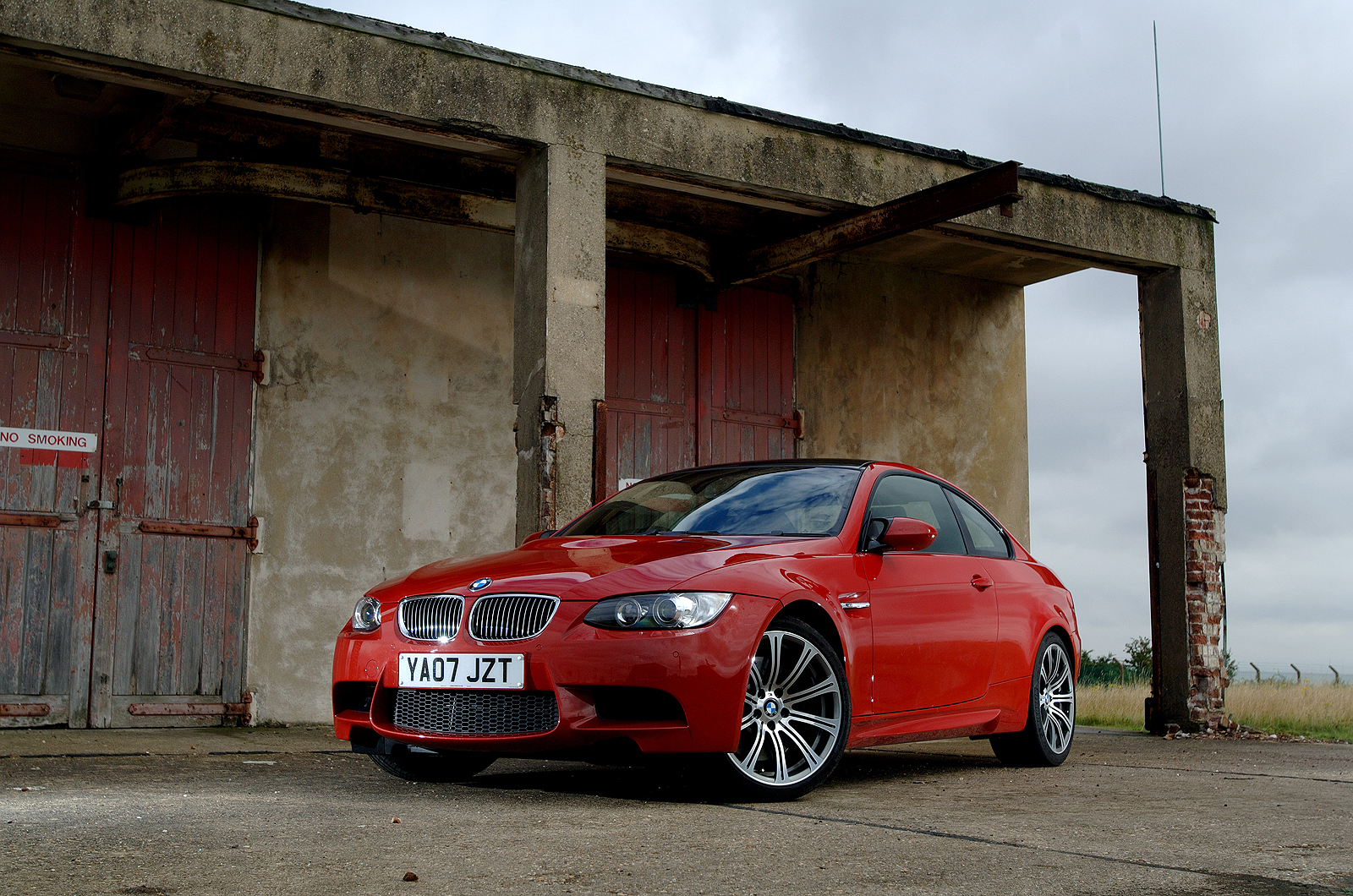The BMW M3 carries possibly the most famous single-consonant, single-digit car name in the world – but just because a car wears the famous BMW badge it doesn’t mean it gains automatic access to the league of superstars.
The BMW M3 name was born out of the company’s motor racing activities, but along the way its reputation has endured a bumpy ride. Today it may be regarded as a de facto performance superstar, but there is plenty of proof in the car’s history to suggest that the men and women from Munich haven’t always been able to hit the spot.
The first ‘E30’ M3 was built in small numbers to legitimise its appearance at circuits around the globe, but such was the popularity of the concept – high power, low mass and a small footprint on the road – that the company was forced to consider a replacement.
One followed in 1993, then another BMW M3 in 2000, and then a fourth-generation BMW M3 in , which is what we test here in coupe, saloon and BMW M3 convertible forms. Those with long memories will recall that the 1993 3.0-litre M3, the successor to the great original, was lambasted for being too soft and in possession of poor steering. Initial reports suggest that type E92 might again be too anodyne to do justice to the M3 badge.
Question is, what kind of BMW M3 is this fourth-gen, and is it still worth buying with all-new, next-generation models now on the not-so-distant horizon?



